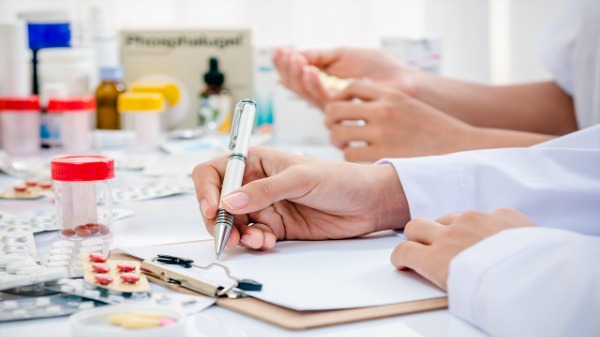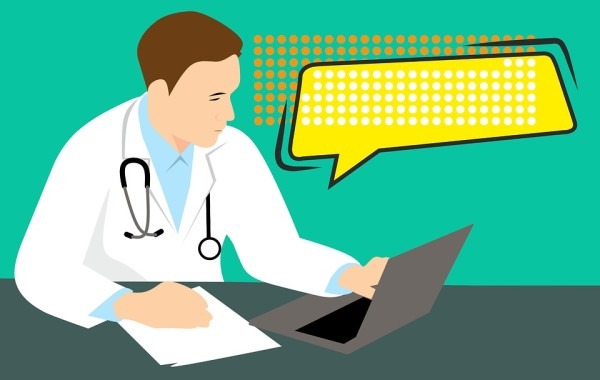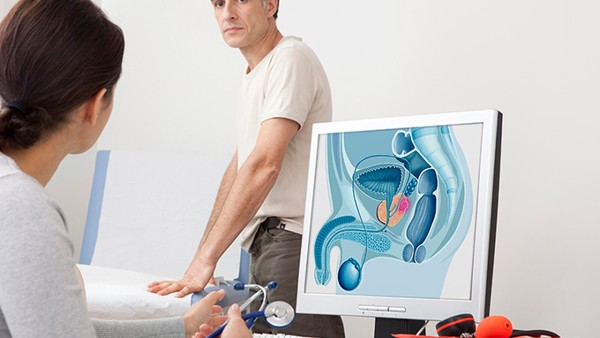What to Do About Prostate Enlargement

Prostate enlargement, also known as benign prostatic hyperplasia (BPH), is a common condition that affects men as they age. It occurs when the prostate gland, which is located just below the bladder, becomes enlarged. This can cause a variety of symptoms, including:
Difficulty urinating
Frequent urination
Weak urine stream
Dribbling after urination
Pain or burning during urination
Blood in the urine
What Causes Prostate Enlargement?
The exact cause of prostate enlargement is not fully understood, but it is thought to be related to changes in hormone levels that occur as men age. As men get older, their levels of ***, a hormone that helps to maintain prostate health, decline. At the same time, their levels of estrogen, a hormone that can promote prostate growth, increase. This imbalance of hormones can lead to prostate enlargement.
How is Prostate Enlargement Diagnosed?
Prostate enlargement is usually diagnosed based on a physical exam and a review of your symptoms. Your doctor may also order one or more of the following tests to confirm the diagnosis:
Digital rectal exam (DRE): During a DRE, your doctor will insert a lubricated finger into your rectum to feel the prostate gland. This can help to determine the size and shape of the prostate and to check for any abnormalities.
Prostate-specific antigen (PSA) test: A PSA test measures the level of PSA in your blood. PSA is a protein that is produced by the prostate gland. Increased levels of PSA can be a sign of prostate enlargement or prostate cancer.
Transrectal ultrasound (TRUS): A TRUS is an ultrasound exam that uses a probe inserted into the rectum to create images of the prostate gland. This can help to determine the size and shape of the prostate and to rule out other conditions, such as prostate cancer.
Treatment Options for Prostate Enlargement
There are a variety of treatment options available for prostate enlargement. The best treatment for you will depend on the severity of your symptoms and your overall health.
Medications
There are several medications that can be used to treat prostate enlargement. These medications work by relaxing the muscles in the prostate and bladder, which can help to improve urine flow. Some of the most common medications used to treat prostate enlargement include:
Alpha-blockers: Alpha-blockers, such as tamsulosin (Flomax), terazosin (Hytrin), and doxazosin (Cardura), work by relaxing the muscles in the prostate and bladder. This can help to improve urine flow and relieve symptoms such as difficulty urinating, frequent urination, and weak urine stream.
5-alpha reductase inhibitors: 5-alpha reductase inhibitors, such as finasteride (Proscar) and dutasteride (Avodart), work by blocking the production of dihydro*** (DHT), a hormone that can promote prostate growth. This can help to shrink the prostate gland and improve symptoms.
Surgery
Surgery may be an option for men with severe prostate enlargement who do not respond to medication. There are several different types of surgery that can be used to treat prostate enlargement, including:
Transurethral resection of the prostate (TURP): TURP is a surgical procedure that involves removing part of the prostate gland through the urethra. This is the most common type of surgery for prostate enlargement.
Laser prostatectomy: Laser prostatectomy is a surgical procedure that uses a laser to remove part of the prostate gland. This procedure is less invasive than TURP and may be associated with fewer side effects.
Open prostatectomy: Open prostatectomy is a surgical procedure that involves removing the entire prostate gland through an incision in the abdomen. This procedure is usually only used for men with very large prostate glands or for men who have other medical conditions that make other types of surgery more risky.
Other Treatment Options
In some cases, other treatment options may be used to relieve symptoms of prostate enlargement. These options include:
Prostate artery embolization (PAE): PAE is a minimally invasive procedure that involves injecting small particles into the arteries that supply blood to the prostate gland. This can help to shrink the prostate gland and improve symptoms.
Microwave therapy: Microwave therapy is a minimally invasive procedure that uses microwaves to heat and destroy prostate tissue. This can help to shrink the prostate gland and improve symptoms.
High-intensity focused ultrasound (HIFU): HIFU is a minimally invasive procedure that uses high-intensity ultrasound waves to heat and destroy prostate tissue. This can help to shrink the prostate gland and improve symptoms.
Lifestyle Changes
Making certain lifestyle changes can also help to improve symptoms of prostate enlargement. These changes include:
Reducing your intake of caffeine and alcohol: Caffeine and alcohol can irritate the bladder and make symptoms of prostate enlargement worse.
Losing weight: Being overweight or obese can put pressure on the prostate gland and make symptoms worse.
Exercising regularly: Exercise can help to strengthen the muscles in the pelvic floor, which can help to improve urine flow.
Avoiding spicy foods: Spicy foods can irritate the bladder and make symptoms worse.
When to See a Doctor
If you are experiencing symptoms of prostate enlargement, it is important to see a doctor. Prostate enlargement can be a serious condition if it is not treated. If left untreated, prostate enlargement can lead to:
Urinary tract infections (UTIs): Prostate enlargement can block the flow of urine from the bladder, which can lead to UTIs.
Kidney damage: If prostate enlargement is not treated, it can eventually lead to kidney damage.
Bladder stones: Prostate enlargement can also lead to the formation of bladder stones.
Prostate Enlargement and Prostate Cancer
Prostate enlargement is not the same as prostate cancer. Prostate cancer is a type of cancer that occurs when cells in the prostate gland become malignant. Prostate cancer is the most common type of cancer among men in the United States.
The symptoms of prostate enlargement and prostate cancer can be similar, so it is important to see a doctor if you are experiencing any of the symptoms listed above. A doctor can perform a physical exam and order tests to determine if you have prostate enlargement or prostate cancer.
Preventing Prostate Enlargement
There is no sure way to prevent prostate enlargement, but there are some things you can do to reduce your risk of developing the condition. These things include:
Eating a healthy diet: A diet that is rich in fruits, vegetables, and whole grains can help to reduce your risk of developing prostate enlargement.
Maintaining a healthy weight: Being overweight or obese can increase your risk of developing prostate enlargement.
Exercising regularly: Exercise can help to strengthen the muscles in the pelvic floor, which can help to reduce your risk of developing prostate enlargement.
Avoiding smoking: Smoking can damage the blood vessels in the prostate gland, which can lead to prostate enlargement.
Limiting your intake of alcohol: Alcohol can irritate the bladder and make symptoms of prostate enlargement worse.
The above is all the content that the editor wants to share with you. I sincerely hope that these contents can bring some help to your life and health, and I also wish that your life will be happier and happier.
Topic: #do #to #what















